You may have heard of the Group 31 battery, and you want to find among these BCI Group heavy-duty batteries the suitable one for your vehicle. Having knowledge about the power supplier is important as you don’t want to make an incorrect buying option which can waste your time and money and cause damage to you.
This article will give you information about this group, such as dimensions and features, and recommend the ideal one for your situation.
What Is A Group 31 Battery?
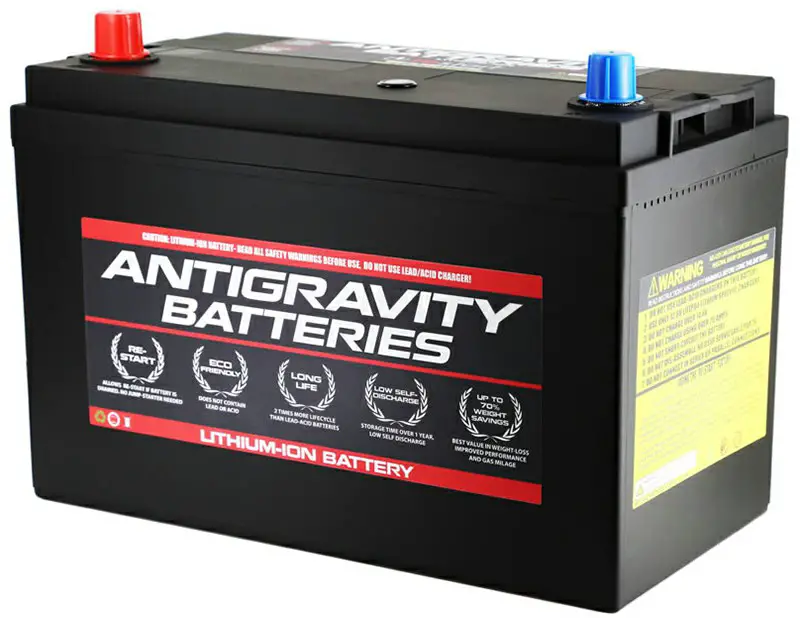
Group 31 battery belongs to the coding system for battery sizes. Battery Council International (BCI) established the system for automobiles and other lead batteries. The purpose of these standardized codes is to simplify the class of batteries.
This series, categorized as a heavy-duty one, is one of the most popular groups used for automobiles, marines, commercial truck applications, and other similar vehicles that require reliable and durable power to start.
Group 31 Battery Chemistry, Dimensions (Sizes), Weight, And Specs
The dimension of the group type is around 13 x 6.8 x 9.44 inches or 330 x 173 x 240 mm. The weight varies depending on the chemical inside. For example, lithium batteries weigh 30 pounds, while lead-acid batteries weigh 80 pounds. From the dimension, you can somehow conclude its power generation.
The BCI group 31 comprises batteries – 12V (lead-acid) and 12.8V (lithium). Sometimes, you can find group 31 lithium batteries with 24 volts and 36 volts as well. The 12V Duracell ultra is suitable for commercial equipment.
According to the BCI size classification, no specific ampere rating is given to the group. However, it’s often seen between 95 to 125-amp hour capacity. Lithium iron phosphate batteries and lead-acid batteries such as flooded cells, gel cells, and AGM are most commonly used.
Lithium Batteries
LiFePO4 battery (Lithium Iron Phosphate), possessing Battery Management Systems (BMS), is an example of the advanced chemistry and electronics combination.
The system can control different aspects of battery use, such as voltage, temperature, and input/output current, and protect it from unwanted damages. The type is increasingly popular and can be used instead of the lead-acid type in many deep cycle uses.
Compared to lead-acid batteries, the type overwhelms in many specs. It’s 2-3 times lighter, can tolerate charging cycles 5-10 times more, and gives almost the same power no matter the charging condition.
Due to its advantages, its price is more expensive. Plus, you need dedicated advanced AGM chargers or lithium chargers that support dedicated lithium charging mode.
Lithium type is used for lightweight trolling motor, RV house, security, and medical applications, which prefer weight savings and manipulate all its advantages.
Deep Cycle Batteries
It performs well when discharging at a low current, although it can’t produce a strong current. Some of the best in this category can work 20 hours in 120-125 amps hours of capacity with an RC rating of 240-250+ range.
Off-grid, marine applications or electric vehicles with the highest requirements for deep discharge and cycle features are a big market for this category.
Starting Batteries
Pure starting batteries are rare in the market. Those you see that are labeled “cranking” or “starting” are actually made for dual purposes. The actual product may vary, and the actual temperature is not the same.
For example, the CCA (Cold Cranking Amps) value should be measured at 0°F, and a true “starting” should deliver a minimum of 1000 CCA. However, some manufacturers describe that their products have 1000 CCA at 32 degrees F or 68 degrees F, or even 80 degrees F.
Dual-purpose Batteries
Mostly lead-acid types with extra reserve capacity belong to this dual-purpose category. As its name suggests, it’s made with the remarkable features of two types: starting and deep cycle.
Its starting current is worse than the starting one but better than the deep cycle, and its deep cycle and deep charge features are worse than the original one but better than the starting type.
The ideal power of this type is to supply 900 CCA, 100 Ah, and 200 minutes reserve capacity at minimum. Still, there remain some exceptions to this group. For example, Optima D31M is designed lighter, thus weaker than some siblings in the same category.
Lead-Acid vs. Lithium Group 31 Batteries
Technology development helps reduce the price gap between lithium and lead-acid batteries. In turn, it makes the options between products more difficult to choose.
If you usually need to start the medium to the large engine and are looking for a dual-purpose type, then the AGM group 31 batteries are for you.
Lithium group 31 batteries are an ideal choice where lightweight is preferred. Many products of this category also can tolerate a huge number of discharging and charging cycles but produce no extra high current.
Some critical applications require reliable batteries that can supply energy even when the power fails to perform. In this case, the AGM battery is better than the lithium one. The Battery Management Systems (BMS) can disconnect the lithium type due to extremely high flow.
Conclusion
The last thing to remember is no matter what type you choose for your passenger vehicles, safety is the most important. Group 31 battery has strong circuits and can put you at risk. Ask for help from nearby stores if you aren’t confident in dealing with choosing the correct battery, pickup in-store, and other issues.

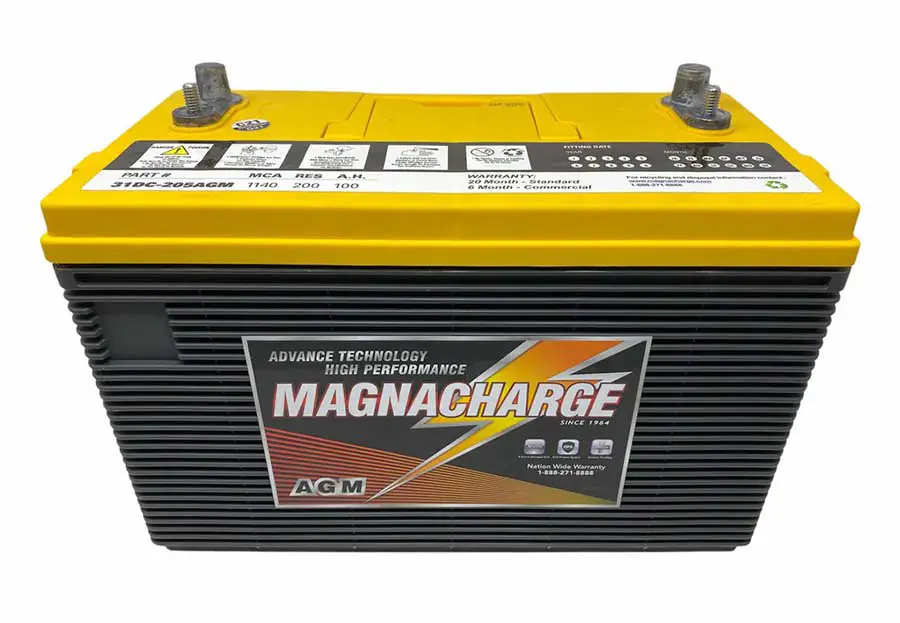


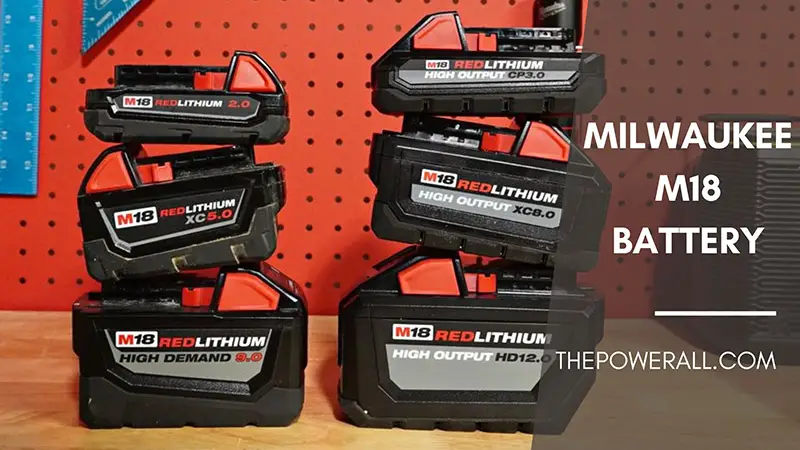
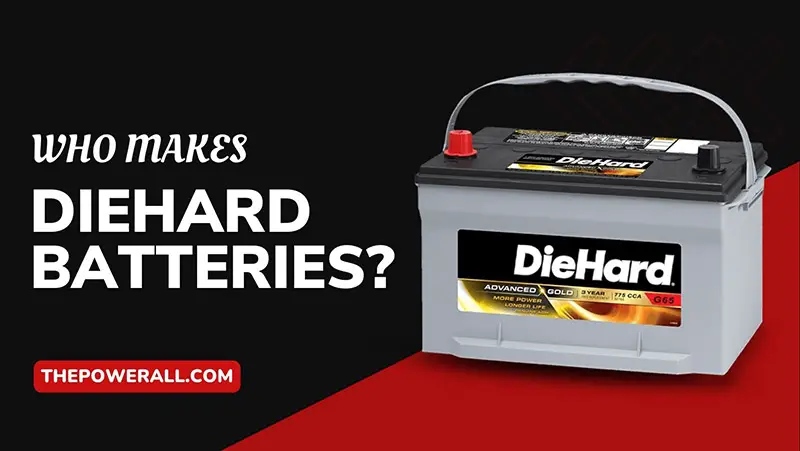


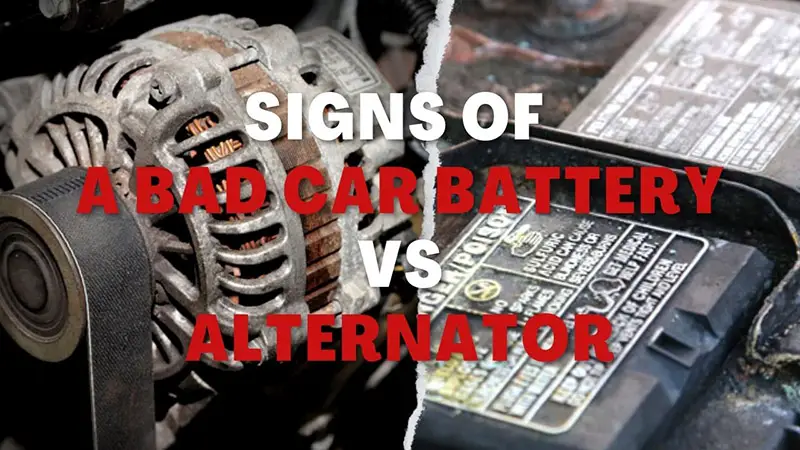
0 Comments